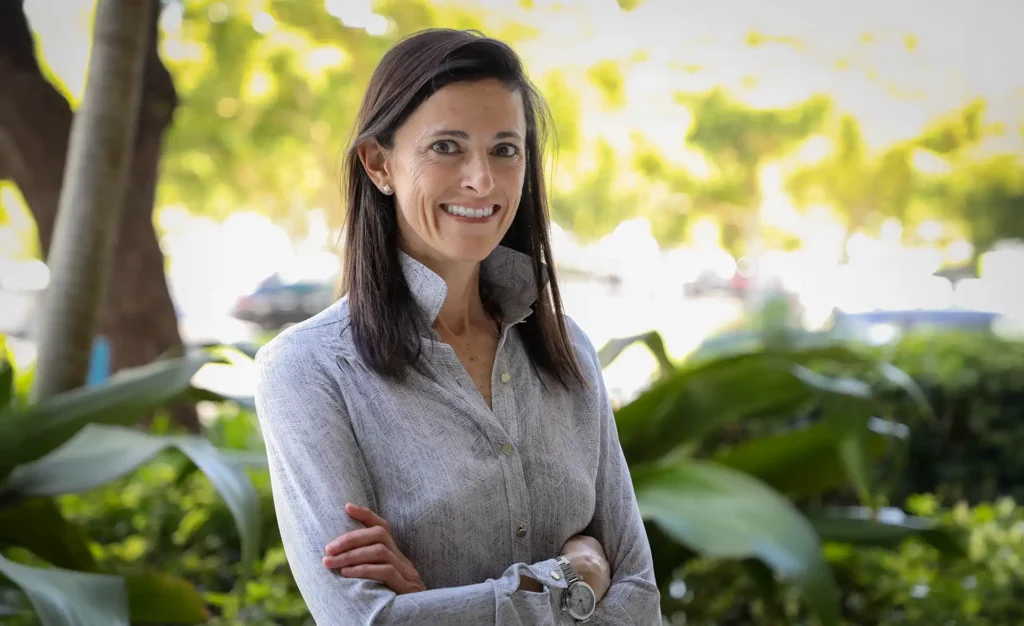Platelet-Rich Plasma (PRP)
(561) 746-7686
1002 S Old Dixie Hwy Jupiter, FL 33458
Monday - Thursday | 8:00 AM - 5:00 PM
Friday | 8:00 AM - 3:00 PM
Specialties
Discover Recent Posts
Platelet-Rich Plasma (PRP) Therapy
Biologics refers to products such as tissue, cells, and molecules derived from living cells that hold promise in terms of their ability to aid in tissue healing and regeneration.
One such FDA-approved treatment is autologous platelet-rich plasma (PRP) therapy.
Autologous means that your own cells are introduced into the symptomatic joint or soft tissue to wake up the molecular signaling necessary for repair and regeneration. Use of autologous cells eliminates much of the concern regarding disease transmission or allergic reaction.
Platelet-rich plasma (PRP) is an exciting advancement in orthopedic care, offering patients a regenerative, low-risk alternative to surgery for a variety of musculoskeletal conditions. As a nonsurgical biologic treatment, PRP utilizes a patient’s own blood to stimulate healing at the site of injury or degeneration.
PRP has gained popularity among patients seeking to manage chronic pain, tendon injuries, or early arthritis with fewer side effects and faster recovery times than traditional surgical approaches. Dr. Diaz offers this evidence-based therapy aiming to help qualified patients reduce discomfort and improve function using the body’s natural healing mechanisms.
When to Consider Treatment with Biologics
Patients seeking an alternative to surgical treatment for early to mid stages of arthritis or certain joint or soft tissue injuries may be candidates for PRP therapy. There is now evidence to support its use in tennis and golfer’s elbow.
One of the primary benefits of biologics therapy is its potential for repair and regeneration. This characteristic is in stark contrast to steroid injections, which have a strong anti-inflammatory effect, but do not repair or regenerate.
Many patients who are considering biologics therapy are deciding between it and surgery. PRP therapy is minimally invasive and relatively low risk compared to surgery, making it an attractive option to many patients. Patients always have the option to fall back on surgery if biologics fail to alleviate symptoms and/or improve function.
Not everyone is a candidate for PRP therapy. For example, patients with severe arthritis are generally considered to be beyond the point of responding to this treatment. Patients with active cancer, infection, or certain chronic medical conditions are generally not advised for PRP therapy.
Preparing for PRP Injection
For at least one week prior to your scheduled treatment, plan to optimize your nutrition and metabolic state:
- Cut out refined sugar and processed foods.
- Limit intake of gluten and other pro-inflammatory foods.
- Do not consume any alcohol.
- Avoid anti-inflammatory medication.
- Get plenty of rest.
Also plan to keep up your athletic or physical activity. If you are sedentary, choose a low impact form of exercise such as brisk walking or swimming to help stimulate growth factors while avoiding injury. If you have any chronic medical conditions, check with your primary physician before altering your activity level.
In order to keep offering patients treatment that is evidence-based, it is important that we track patients’ response to treatment in a way that is scientifically measurable and based on patient-reported response to treatment. As such, Dr. Diaz’s office may coordinate access to the Surgical Outcomes System, a secure, online database where you will be asked to report your symptoms and level of function before and at several time points (6 weeks, 3 months, 1 year) after treatment. All of the collected information is protected and deidentified for your privacy.
What to Expect on the Day of Treatment
Dr. Diaz’s office will prescribe pain medication to be taken one hour before the scheduled procedure. Our team will position you to allow for a peripheral blood draw. Once we obtain blood, the whole blood volume will then be placed in a centrifuge, which serves to separate the desired PRP cells into a richly concentrated layer.
You may wish to bring something to read while the cells are processed (25 minutes). Dr. Diaz’s team will then reposition you to allow imaging and access of the joint or area to be injected. After sterile preparation of the area, they will deliver the PRP by injection, using ultrasound guidance as needed. The entire process will take approximately 1 hour.
After Treatment
Some degree of discomfort or pain is expected at the treatment site for about 1 week. You can resume your usual activity after a few days. Avoid anti-inflammatory medications for 2 weeks after treatment.
It will likely be 3-6 months from the time of treatment before response to the treatment can be assessed. Depending on your early response to treatment, Dr. Diaz may recommend a “boost” of treatment with PRP.
Cost
Platelet-rich plasma (PRP) injections are a cash-based service not covered under insurance or Medicare. Dr. Diaz offers PRP for $1000.00 per treatment of a single area.
This price is inclusive of supplies necessary for harvest, preparation, and delivery, as well as the professional service fee. Payment is due in full at the time that services are rendered.
Summary
PRP therapy is an innovative way to harness your body’s natural healing potential. Whether you’re recovering from a tendon injury, managing early arthritis, or looking to delay or avoid surgery, platelet-rich plasma (PRP) may offer the support your body needs to heal and thrive.
Dr. Diaz works closely with each patient to evaluate their goals, review all available options, and determine whether biologic therapy fits into their overall treatment plan. With a strong commitment to evidence-based care and personalized guidance, Dr. Diaz aims for patients to receive safe, effective treatment aligned with their needs.


